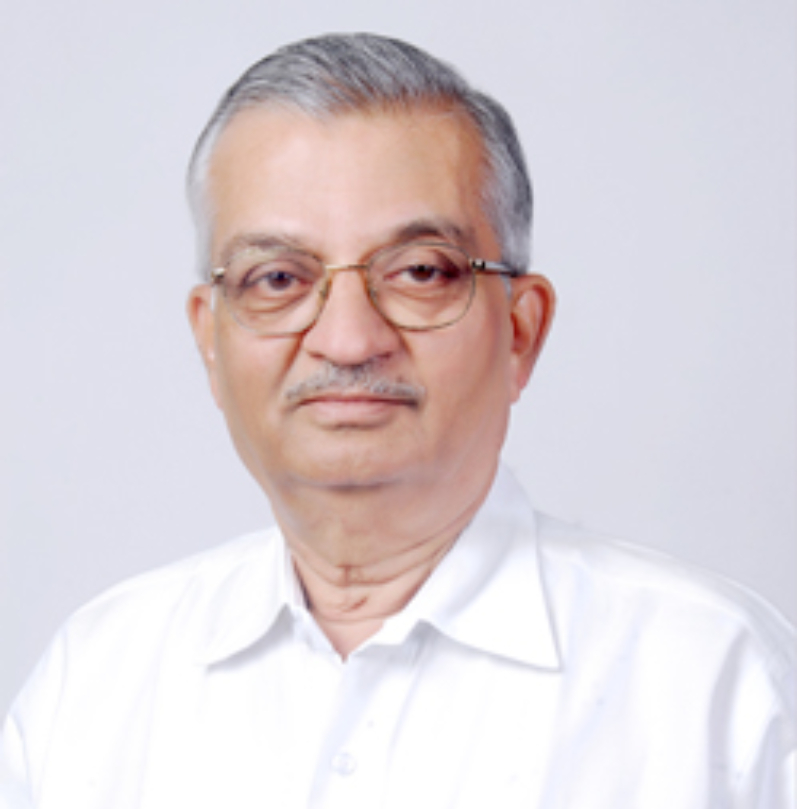Dr. Anil Kakodkar
Former-Chairman Atomic Energy Commission, India

Anil Kakodkar (born on 11th November, 1943) joined the Bhabha Atomic Research Centre (BARC) in 1964, and became the Director of BARC in the year 1996 and was the Chairman, Atomic Energy Commission and Secretary to the Government of India, Department of Atomic Energy, during the years 2000-2009. He was DAE Homi Bhabha Chair Professor during January 2010 to January 2015 and INAE Satish Dhawan Chair of Engineering Eminence during January 2015 to January 2017. Kakodkar obtained his BE (Mech. Engineering) degree from the Bombay University in 1963 and M.Sc. in the Experimental Stress Analysis from the Nottingham University in 1969. Kakodkar has worked for the development of the atomic energy programme in India throughout his professional life. He has been a key contributor to India’s strategic programme and was amongst the chosen few involved in the first successful Peaceful Nuclear Explosion Experiment that India conducted in1974 at Pokhran. Later, he played a key role in the series of successful Nuclear Tests conducted in 1998. He championed observer status for India at CERN, partnership in International Thermonuclear Experimental Reactor project and exemption for nuclear trade from Nuclear Supplier’s Group. Notable also are his innovative contributions to human resource development activities such as; the establishment of Homi Bhabha National Institute, National Institute of Science Education and Research (NISER), DAE-Mumbai University Centre of Excellence in Basic Sciences (CBS) etc.
A high-level committee under his Chairmanship has made comprehensive recommendations for improvement of safety on Indian Railway. A TIFAC apex group led by him has brought out a Technology Vision 2035. The document was released by Hon. Prime Minister of India during the Science Congress on January 3, 2016. Dr. Kakodkar presently devotes his time primarily on issues related to energy, education and societal development. He has been propagating the concept of CILLAGE, a knowledge-based ecosystem for bridging city and village gaps for technology enabled sustainable development in rural areas.
